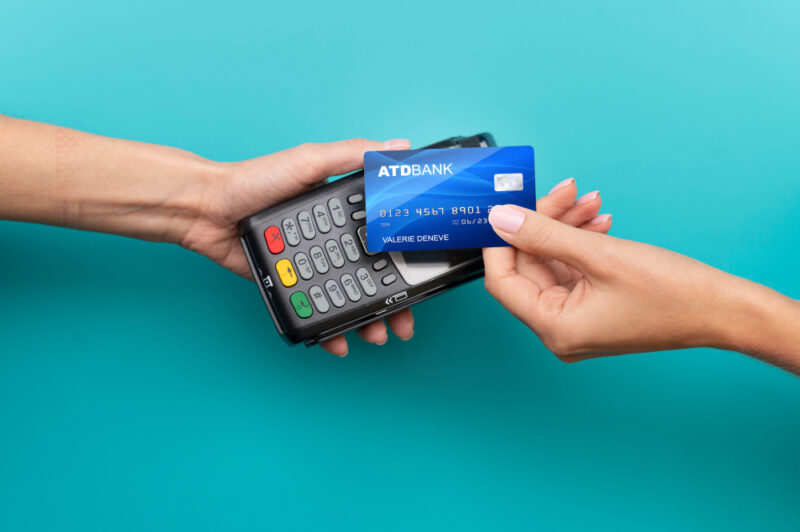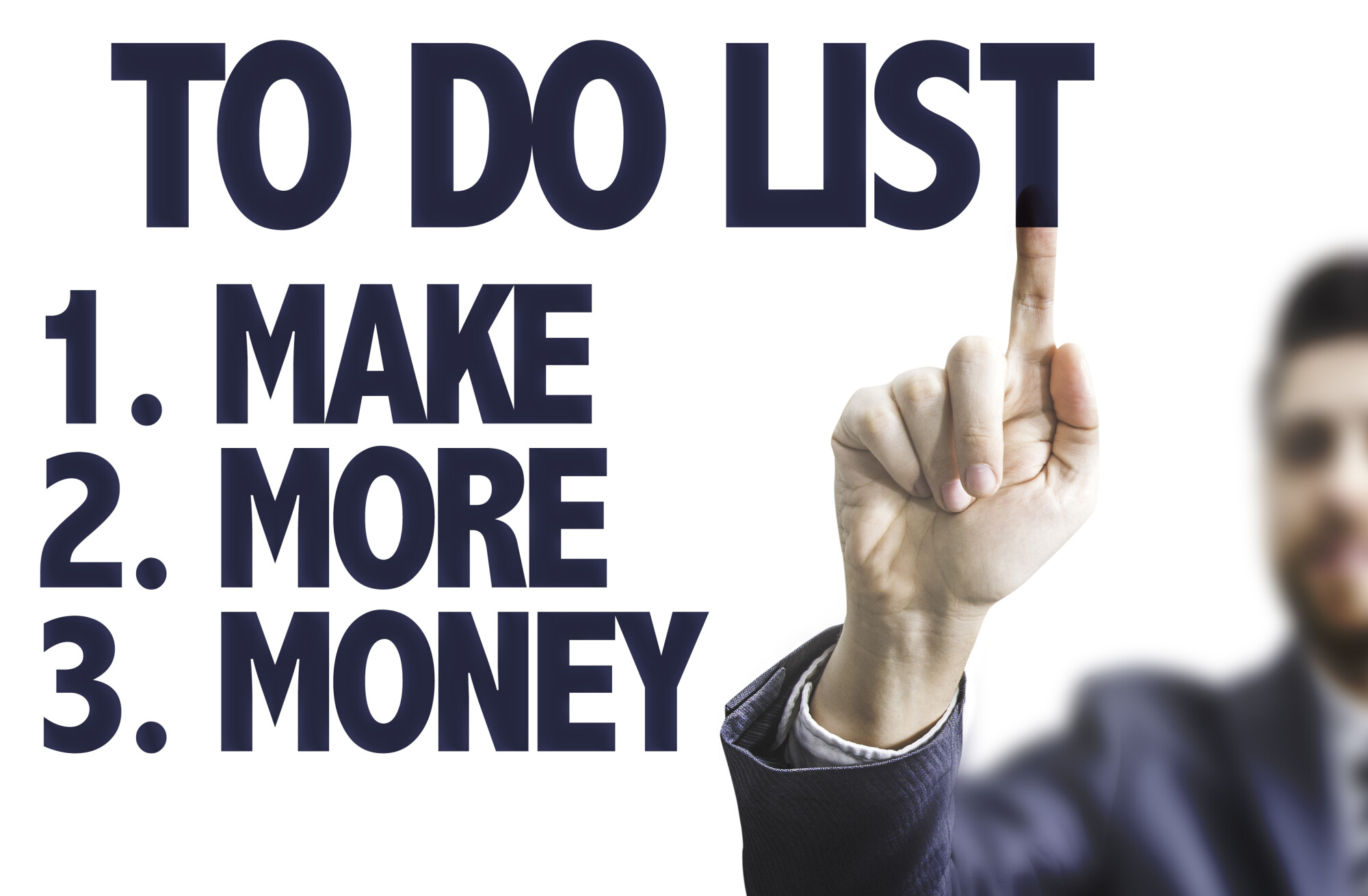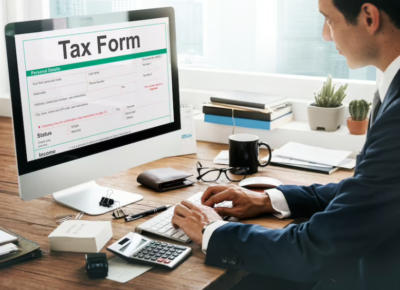Getting a credit card is often tempting, with each floating enticing offer in front of you. But how many of us read the small print when snapping up a new credit card?
We tend to shun that small print because of the scattering of jargon you’ll see in those terms and conditions. Terminology like minimum payment, for example.
But how much is the minimum payment on credit card debt?
In this article, we’ll help to answer that question. We’ll also explain what the term minimum payment means for credit cards. Plus, we’ll offer some tips on whether you should use it and what alternatives you have.
What Are Minimum Payments?
You don’t have to pay the sum immediately when you have an outstanding credit card balance. Yet you can’t ignore it either. The lender will ask you to pay a minimum figure each month.
You can pay more, but you need to pay that minimum, at least. Doing so will protect your credit rating and keep your card account in good standing.
The lender will calculate the minimum payment amount for you. That is usually a small percentage of the total outstanding balance. That balance will include the amount you’ve spent plus any interest and fees.
It’s a small and manageable figure, but it means you are paying off your credit card at the slowest rate.
How Much Is the Minimum Payment on Credit Card Debt?
There are a few factors that influence the minimum payment amount. Your credit card company will use these to determine your payment amount.
The first factor is your outstanding balance.
Most credit card companies will take a percentage of your card balance. A few have a flat fee, but that’s rare. You’ll need to read the small print on your credit card agreement to determine their approach.
The APR you pay can also impact your balance.
APR stands for annual percentage rate. That’s the interest you pay on your debt. Credit card companies like Vclub will add this to your balance and calculate your minimum percentage of the balance.
You might incur a one-off penalty fee if you have missed a payment. Some card companies will add this to your minimum payment.
The Long-Term Costs of Minimum Payment
While you can pay the minimum amount, it’s not always the best option financially.
In the near term, it seems attractive. It’s often a tiny amount. So you don’t have to face paying out sizeable sums from your monthly budget if funds are tight. But there are hidden costs.
When you only pay the minimum, you continue to accrue monthly interest on your balance. On many credits card, the interest rate you pay (the APR) can be high. Often over 15% and sometimes over 20%.
Those interest charges can quickly increase your outstanding debt. It’s a snowball effect on your debt, making the original debt far more expensive in the long run.
That has a significant effect on the length of time it takes you to clear your debt.
It can mean a debt takes years to pay off rather than months. The longer it takes, the more interest you pay, which can end up higher than the original debt.
Minimum Payment Vs. Full Balance Payment
You can choose not to pay the minimum amount and cover a larger payment or the entire balance. Paying off the whole balance each month has several advantages.
First, you avoid future interest charges on that balance, so it’s cheaper in the long term. You won’t fall into the trap of accumulating debt. However, paying off the entire balance each month isn’t always manageable.
If the amount is sizeable, it could leave you with other problems like paying bills. It also requires financial discipline, as letting that debt run an extra month is tempting.
Minimum Payment and Your Credit Score
Credit scores are an independent assessment of your financial management.
Lenders use it to assess your suitability for a loan or mortgage. Your payment history is one of the factors used to create your credit score.
Choosing to make a credit card minimum payment impacts that score negatively. That’s because your debt to available lending increases.
However, missing a payment altogether is worse for your credit score. It’s a payment lapse that has a damaging impact.
So if you can only make a minimum payment, it’s better to do that than to avoid the cost altogether. It will give you a healthier long-term credit profile.
Yet a slight increase in that minimum payment of 10% could benefit you financially.
Avoiding a Debt Trap
You’ll need robust financial management to help you pay a credit card debt and avoid the debt trap of using the minimum payment option.
First, create a budget. This will help you stay on top of your expenses and debt. It should include a list of all your monthly outgoings.
Second, look at prioritizing your debt repayments.
You need to lower your debt on your most expensive credit cards to gain a stronger financial position. So aim to pay off a credit card as much as possible and focus on your higher-interest cards first.
Another option to help pay off debt is to move your credit card balances to zero-interest offers. These are often advertised and will save you money on interest, provided you can pay off the debt long-term.
If you don’t have access to a zero-interest offer, moving to a lower-interest card is still beneficial.
If your debt is high, limit your card use for a few months until you get that payment down. Look at whether your payments are urgent or whether you can push them back by a few months.
If you feel overwhelmed by your debt situation, seek outside help from a financial advisor. They can help guide you to other options to manage your credit card debt, like consolidation options.
Credit Cards and Minimum Payment
Whenever you take on new debt, you must understand the terms. Minimum payment is a central part of credit card lending, and knowing this can help you avoid long-term debt.
So how much is the minimum payment on a credit card? The percentage is small, but it’s always best to pay slightly more than that if you can.
For more financial tips, check out our other recent articles.










